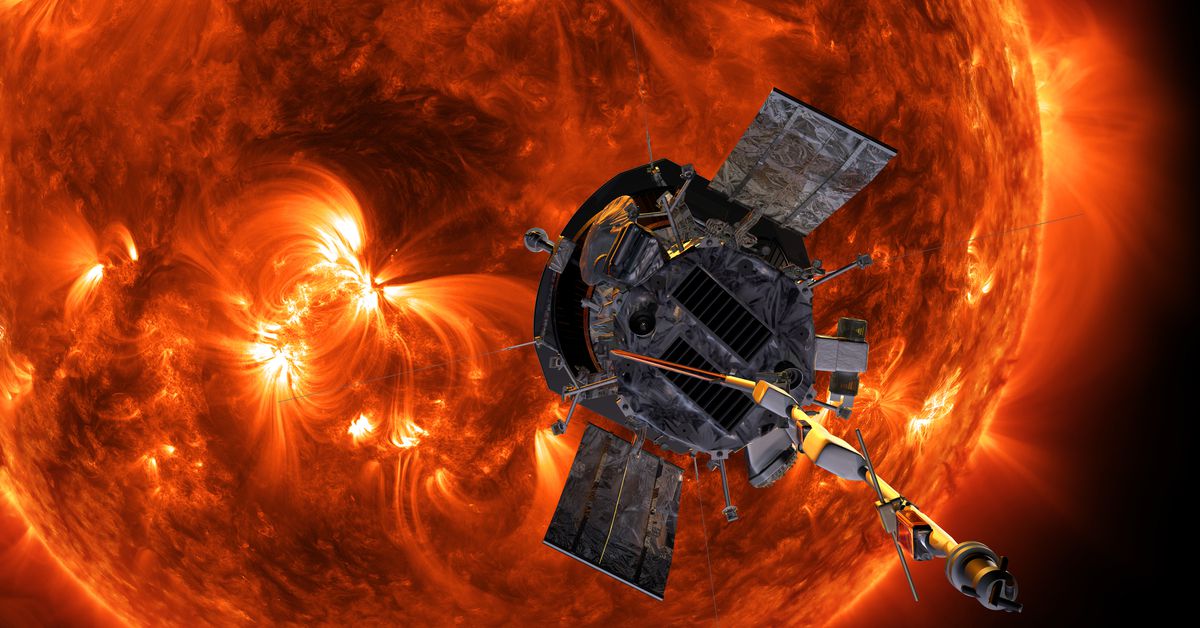Parker Solar Probe: A Historic Achievement in Space Exploration
NASA’s Parker Solar Probe has achieved a groundbreaking milestone by becoming the closest human-made object to have ever approached the Sun. On December 26th, 2022, the probe transmitted a signal back to Earth, indicating that it is in good health and operating normally. This achievement marks a significant step forward in our understanding of the solar system and its mysteries.
The Closest Approach
On December 24th, 2022, the Parker Solar Probe flew an astonishing 3.8 million miles from the surface of the Sun at a speed of approximately 430,000 miles per hour. This close flyby was made possible by the probe’s advanced design and its ability to withstand the intense heat generated by the Sun.
The Mission Objectives
The primary objective of the Parker Solar Probe is to study the corona, the outer atmosphere surrounding the Sun, in unprecedented detail. The mission aims to answer some fundamental questions about the solar system, including:
- Solar Wind: How does the solar wind, a stream of charged particles emanating from the Sun, affect the space environment?
- Sun’s Heat: Why is the corona, which is much hotter than the surface of the Sun, so scorching hot?
- Particle Acceleration: How do energetic particles, accelerated to near light speed, contribute to the solar wind and its effects on the space environment?
The Parker Solar Probe’s Design
The Parker Solar Probe was designed to withstand the intense heat generated by the Sun. The probe’s Sun-facing heat shield reaches temperatures of up to 2,500 degrees Fahrenheit (1,371°C), while the probe itself remains at a relatively cool 85 degrees Fahrenheit (29°C). This remarkable design allows the probe to collect data on the solar wind and corona without being damaged by the extreme conditions.
The Mission Timeline
- December 20th: The Parker Solar Probe sets off on its mission, carrying a suite of instruments designed to study the Sun’s corona.
- December 24th: The probe reaches its closest approach to the Sun at a distance of approximately 3.8 million miles (6.1 million kilometers).
- January 1st: NASA expects the Parker Solar Probe to send detailed telemetry data on its status, providing scientists with valuable insights into the solar wind and corona.
The Significance of the Mission
The success of the Parker Solar Probe marks a significant achievement in space exploration. By studying the Sun’s corona and solar wind, scientists can gain a deeper understanding of the solar system and its effects on our planet. The mission’s findings have the potential to improve our understanding of space weather and its impact on Earth’s magnetic field.
Conclusion
The Parker Solar Probe’s historic achievement serves as a testament to human ingenuity and determination in exploring the vast expanse of space. As we continue to push the boundaries of what is possible, we can expect groundbreaking discoveries that will shape our understanding of the solar system and beyond.

